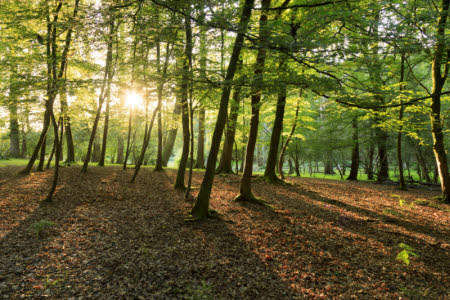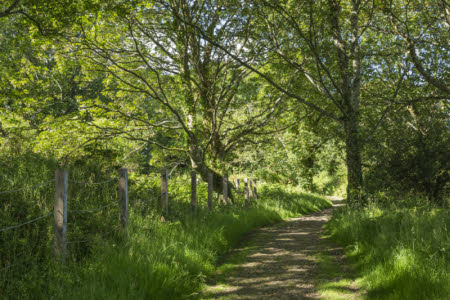Five years to make a difference – Woodland Creation for Net Zero

This week Fit for the Future had a conversation with Chris Waterfield, Carbon and Water Advisor at the Forestry Commission. Chris has been involved extensively with the Woodland Carbon Code, so we caught up with him to find out more about the Code and how it could be used in the UK’s ambitions to reach carbon net zero.
It is widely recognised that tree-planting and woodland creation is crucial if we are to halt the climate emergency. Trees and woodland play a fundamental role in sequestering carbon from our atmosphere, but deforestation and excessive consumption of fossil fuels means that current global tree coverage cannot deal with the carbon emissions in our atmosphere.

Chris was clear that woodland creation on its own is not going to be sufficient to deal with the climate crisis, but is one tool in our box that will be important in reaching net zero. First and foremost, organisations have a role to reduce their emissions as far as possible, through transforming how much energy we use to work and travel, and switching to renewable energy sources. Woodland creation also needs to be used alongside work to restore and manage peatland carefully, which is another potential carbon sequester – but if mismanaged, can become a significant emitter of greenhouse gases too.
But if, having reduced Scope 1,2 and 3 emissions as far as possible, organisations have a small amount of residual emissions remaining in their aim to reach net zero, then they may look to offset those emissions through woodland creation, or for non-landowning organisations, through purchasing created woodland. The Woodland Carbon Code is designed to ensure that any woodland creation projects claiming to offset emissions, are validated and verified to very stringent standards. At present, verified Woodland Carbon Units are the only domestic carbon units that conform with Government’s Environmental Reporting Guidelines. The Woodland Carbon Code is therefore the only available option that will ensure that any woodland planted will count towards any future emissions reduction targets or regulatory requirements. It will also allow verifiable statements about the carbon capture that has been achieved through creating new woodland to be made.

The challenge we face is that trees take time to mature and to reach their full sequestration potential. Chris suggests that it takes at least 25 years for a tree to be sequestering the carbon it is stated as capable of sequestering. This is incredibly important – because if we want to reach net zero by 2050, and we are unable to do so through simply reducing our emissions, our farmers and landowners need to be planting trees in the next five years in order that they are sequestering enough carbon by the target date.
There are of course other forms of carbon ‘offsetting’, such as investing in carbon capture and storage technology, or clean energy projects. In an upcoming webinar, Fit for the Future will be looking at carbon offsetting in more detail and some of the different projects that are used to offset emissions, so keep an eye on our events page for more information.
You can read about the Woodland Carbon Guarantee scheme here, and read some guidance from the Forestry Commission on how to use woodland creation for the purposes of achieving net zero here.
Thanks to Chris for sharing his expertise with Fit for the Future.